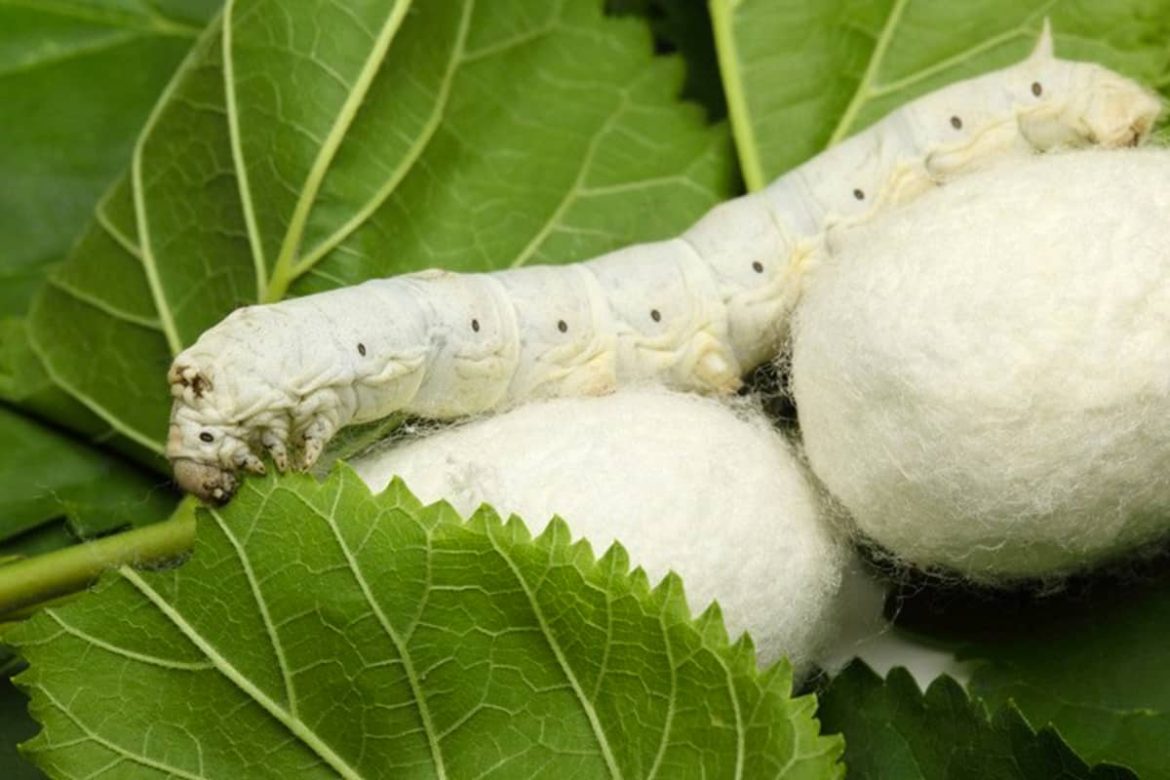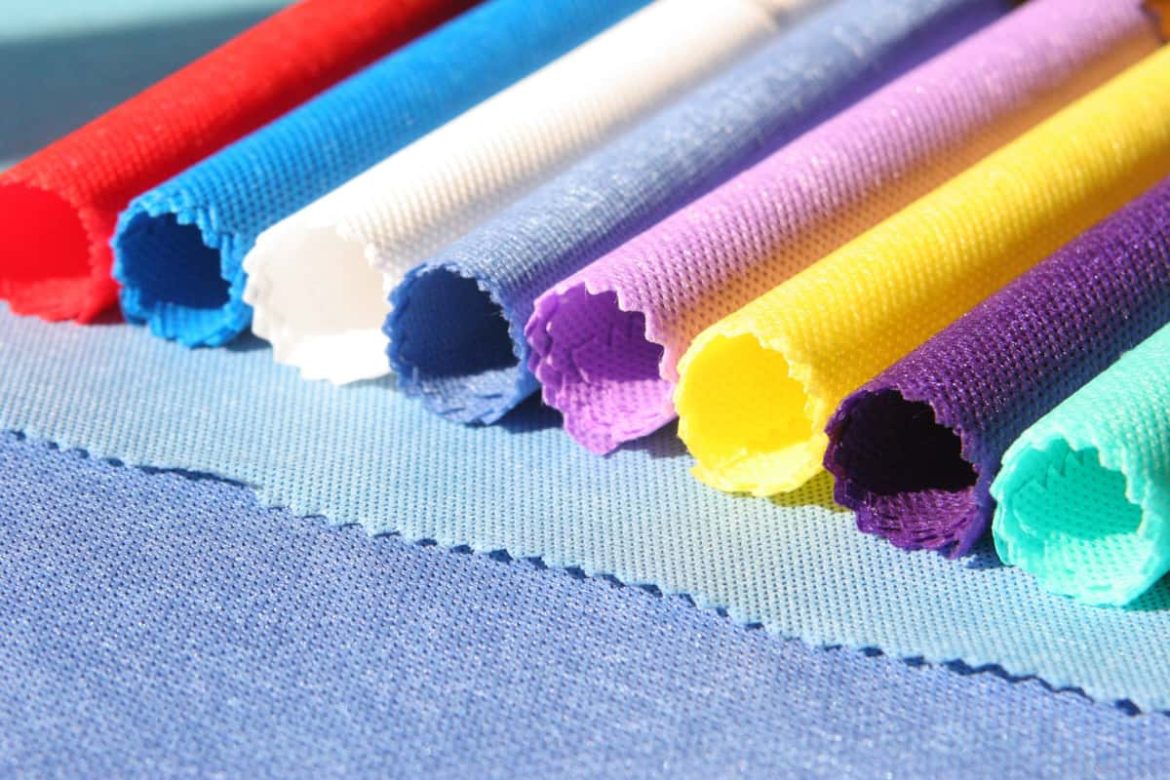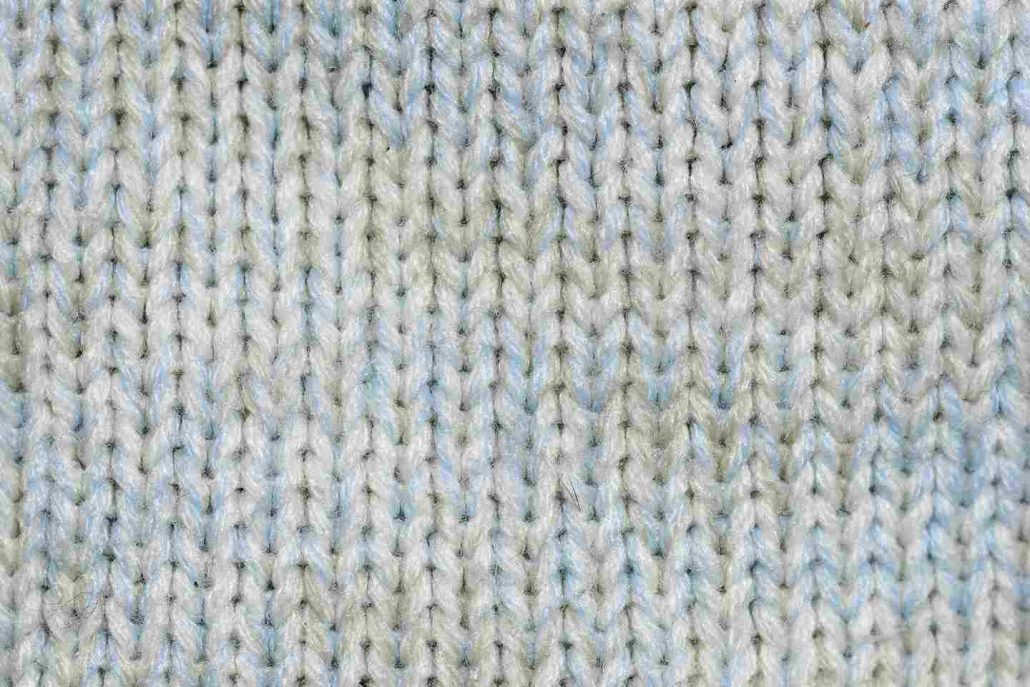Tricot Fabric Structure Content Apparel
Tricot fabric structure is varied in different apparel
The content of the fabric determines its usage
Knitted materials including tricot looks and architectural structures have a significant impact on their performance as textile fabrics
According to the weaving mill’s production procedures, the structural design of the woven fabric generally results in a comparable expected appearance in the final result with the appropriate weave pattern
However, the increased use of elastic textile fibers in knitting materials for comfort stretch or outdoor sportswear Nike knit products has made projecting the final appearance of the knit structure design more difficult
The appearance of the final product typically differs from the initial knit design due to the elasticity and excellent recovery behavior of fibers such as polymer elastic fibers
Due to their elasticity, knitted textiles were frequently used in everyday clothes, particularly in casual wear, sporting, and undergarments
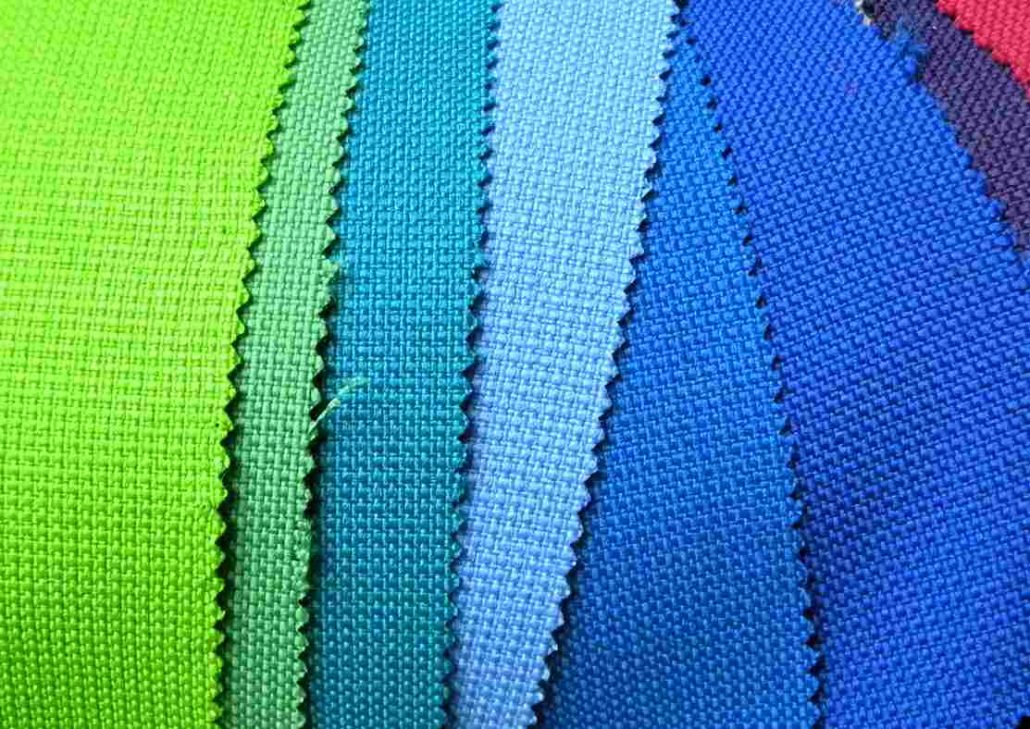
Fabric
Using several fiber combinations in two layers, the moisture management and drying capabilities of weft-knitted knitted plating fabrics were explored
The one-way transport capacity of fabric like cotton (outer side)—polyester (inner side) was determined by a considerable difference in hydrophilicity
However, the fabric containing wool (inner side) and polyester (outer side) had the best vertical wicking and drying performance
With inner layers of polyester, viscose, acrylic, and nylon fibers and an outside layer of cotton fibers, several double-face fabrics were created
With inner layers of polyester, acrylic, and nylon yarn and an outside layer of cotton fibers, several double-face fabrics were created
Cotton and polyester double-face knitted fabrics performed better in terms of moisture transfer than other blended fabrics because polyester has a faster ability to wick and convey moisture to the next layer of cotton
Tricot is a knitting textile that is designed to provide comfort and stretch for sportswear and casual wear
tricot fabric structure
Knitted fabric is a textile structure made up of interlocking loops created by hooking needles
Warp knitting and weft knitting technologies are the two most common methods for producing knitted materials
Tricot is a warp knitting fabric
The progressive production and interlinking of loops in a transverse direction on a lateral row of needles with at least one different thread provided to each needle are known as warp knitting
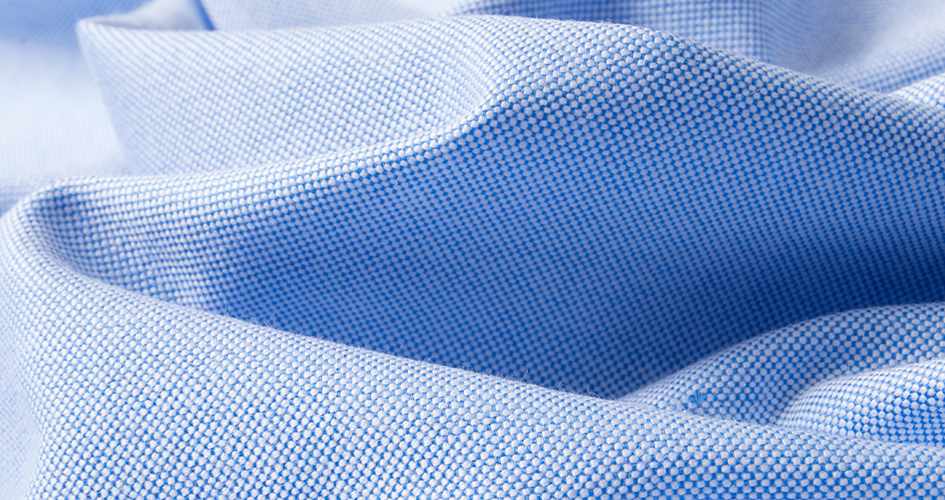
Fustian fabric
Bypassing the thread back and forth between neighboring needles, the loops are connected width-wise
The warp plain pattern is the most fundamental construction in warp knitting
A warp knitting machine is used to make tricot fabric
Whereas there is a small angle between warp and weft which provides a gentle elasticity on the structure being knitted
A loop is the most fundamental unit of knitted fabric
The loops deform and lengthen when the fabric is stretched
Knitted cloth has a lesser elastic recovery than woven fabric because of the shape distortion caused by the lower tension
Knitted cloth, on the other hand, has a stronger wrinkle resistance than woven fabric
This is because when blending occurs, deformation occurs mostly on the loop, and the yarns and fibers are not permanently damaged, whereas deformation occurs directly on the thread in woven fabrics
Knitted fabric is wrinkle-resistant, making it acceptable for casual wear, but it is not suitable for a formal dress that requires stability

Surge fabric shop
Knitted fabric is always thicker and softer than the woven fabric of the same thread count because the thread used in knitting fabric is mostly low twisted
Tricot is a warp knitted fabric
The structure of the fabric is affected by the machine which is used to make the fabric
tricot fabric content
The content of the fabric is defined as the material that is used to make it
The tricot’s remarkable texture makes it ideal for a wide range of purposes
The type of fiber used in tricot affects how and where the fabric can be applied
Tricot is a fabric that is created by synthetic or natural fibers
The clothing system, which included four garment layers, was greatly enhanced by the cotton-wool blended and serge fabric with an overall moisture management performance of 0
86
This fabric which is made from natural fibers has the most breathability and moisture-wicking feature
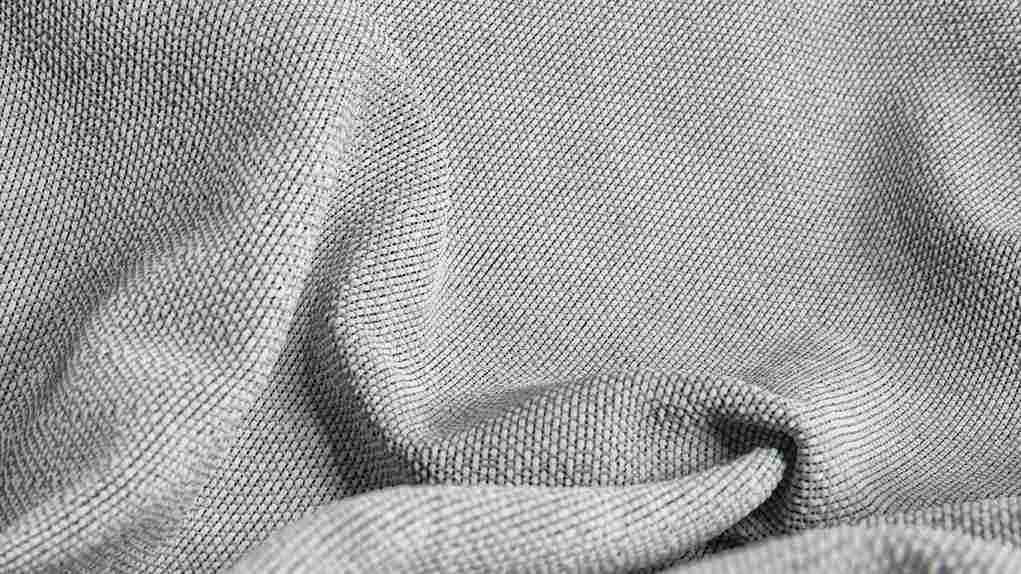
Fabrics made of synthetic fibers such as polyester and nylon are more durable
The polyester-spandex blend used in tricot, on the other hand, allows the fabric to breathe while simultaneously providing adequate fully adjustable stretch
Polyester fibers are well-known for their strength
The higher the percentage of polyester fibers in a fabric, the more durable it is
When it comes to tricot, the polyether fibers included in the weft threads help to strengthen the fabric
Whereas nylon is strong and firm making the fabric more stable and tough that which makes it suitable for swimwear
Tricot is a knitted fabric that is made from natural and synthetic fibers
The usage of fabric determines its content
tricot fabric apparel
Tricot is a fabric that is used to make a large variety of apparel
Tricots would be used in huge amounts in the fashion industry, resulting in fabric manufacturers mass-producing tricots
Tricot is a warp knit fabric with distinctive attributes that allow it to be used in various applications
The tricot’s durable design makes it suitable for everyday use, such as underwear
Tricot is commonly used as a lining material because it is breathable

The lining is a soft material that is used for the interior section of clothing to feel smooth against the skin and to make it easier to wear
Careful examination reveals the zig-zag structure of the tricot fabric, which makes it an excellent choice for lingerie and women’s underwear
Tricot is distinguished from other fabrics by elasticity and flexibility
Tricot is made flexible and stretchy by mixing spandex with synthetic fibers including polyester and nylon, as well as natural fibers like cotton and wool
Clothing manufacturers take advantage of the flexibility and employ tricot to create activewear, athletics, swimwear, and other stretchy garments
tricot fabric composition
Another name for tricot fabric is knit or knitted cloth
Tricot is a highly elastic textile that fits the body and is commonly used in sports and fitness clothing
It’s recognized for being wet-absorbent, quick-drying, antibacterial, and odor control, as well as having a warm or chilly feel to it
Of course, the swimsuit is also employed in everyday apparel like jackets, undergarments, and skirts
Because of the design, the usage of a tricot improves the comfort of the clothes

The fabric’s resilience lets you wear your items for an extended period of time, making it great for outerwear
Depending on the structure, the texture, feel, pattern, and unevenness of the tricot fabric types can be altered
The use of thread and the texture of the fabric help to design fabrics that are currently in style
It’s also stain-resistant and moisture-wicking, making it ideal for sports and bathing
Tricot is a knit fabric that has a woven feel to it
It is a wonderful choice for fitness clothes because of its fluidity
tricot fabric alternative
Weaved fabric, non-woven fabric, knit fabric, and braid are the four types of fabrics that can be classified based on the fabric structure
There are many different varieties of knitted fabrics that we encounter in our daily lives
There are two forms of knitting: weft knitted fabrics and warp knitted fabrics, depending on how the loops are formed
Weft knitting is a type of fabric production in which the loops are formed crosswise from a single thread, with each row of loops building on the previous loops sequentially
Loops can be intertwined in a circular or flat pattern on a course-by-course basis
The resulting fabric is supple, soft, and warm to wear
The properties of yarn might vary depending on the type
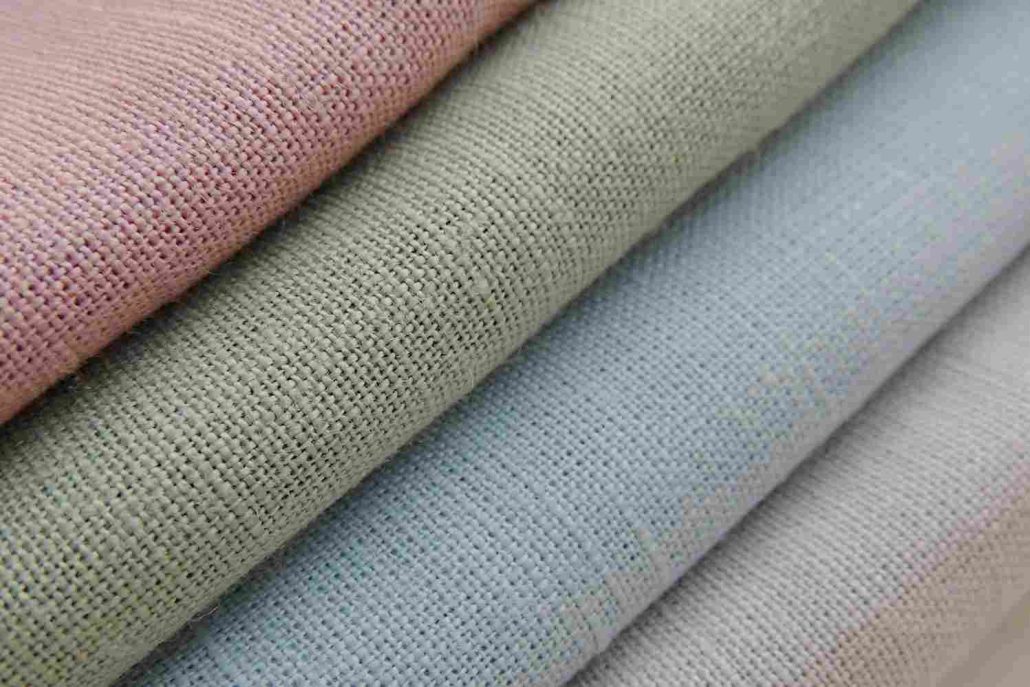
The fabric structure and knit density are responsible for the curls along with the course and wales directions Warp knitting is a method of fabric production in which each warp thread creates a vertical loop that runs the length of the fabric
As a result, each thread will have its needle
Warp knit fabrics have crossed diagonal knitted stitches that feel smoother than weft knit materials
Weft knitting has less elasticity than warp knitting
Soft and drapey, and warm to wear are all advantages it has over the weft
Many various forms of yarn, such as combed, staple, carded, and filament, can be processed using this method, which is not possible with weft knitting
tricot fabric construction
The construction of fabric highly depends on the way it is made
Tricot is a fabric that is knitted on the warp rather than the weft
Tricot is woven using a flatbed knitting machine, unlike other knit fabrics, which are manufactured on circular or round knitting machines
The warp, or lengthways threads, are dominant in a warp-based weave
They are made into loops and interlaced in varied ratios with weft threads to create a lengthways rib pattern on the fabric front and a crosswise rib pattern on the reverse
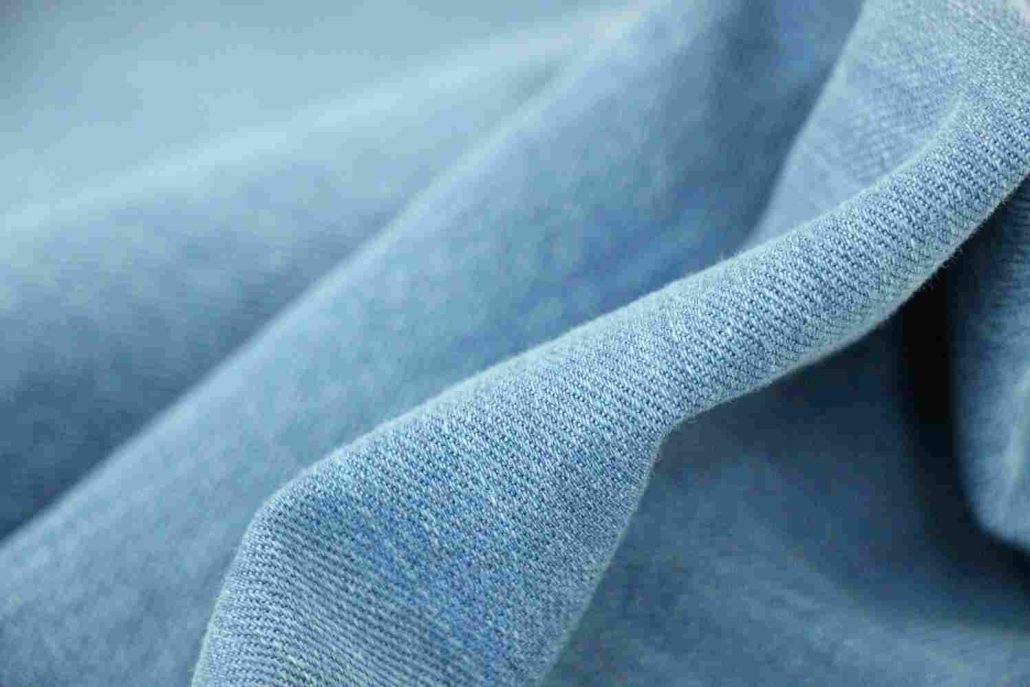
This is what offers the material its distinct feel and long-lasting qualities
It’s also why tricot knits are easier to work with than other knits
The textile combines the rigidity and stiffness of woven fabric with the stretch of a knit, giving it the best of both worlds
This indicates that the loops are arranged in longitudinal columns
Because each needle loops its thread, warp knitting distinguishes it from weft knitting
The needles from the interwoven zigzag pattern are shown by creating parallel rows of loops
These longitudinal loops are what gives this fabric its smooth front and textured back
The front of the construction has ribs, and the back has crosswise ribs
As a result, the tricot weave structure is both soft and extremely durable
Tricots are durable and enjoyable to handle as a result of this structure
Tricot materials can survive a lot of wear and tear on a daily basis, regardless of the activity
This makes it perfect for close-fitting stretch garments like swimwear, sporting, lingerie, and even some types of outerwear
tricot fabric material
Knit fabrics can be difficult to work with since they have elastic material and are loosely sewn together
The built-in stretch might be a pain
Knit fabrics are infamous for shifting and stretching out of shape when sewn
Tricot, on the other hand, isn’t like that
It’s knit on a flatbed knitting machine that mimics the action of a loom
The threads are woven together rather than knitted together like jersey fabric
The fabric has a level of stiffness not found in other knits since it is warp-based
This results in a more stable and secure structure
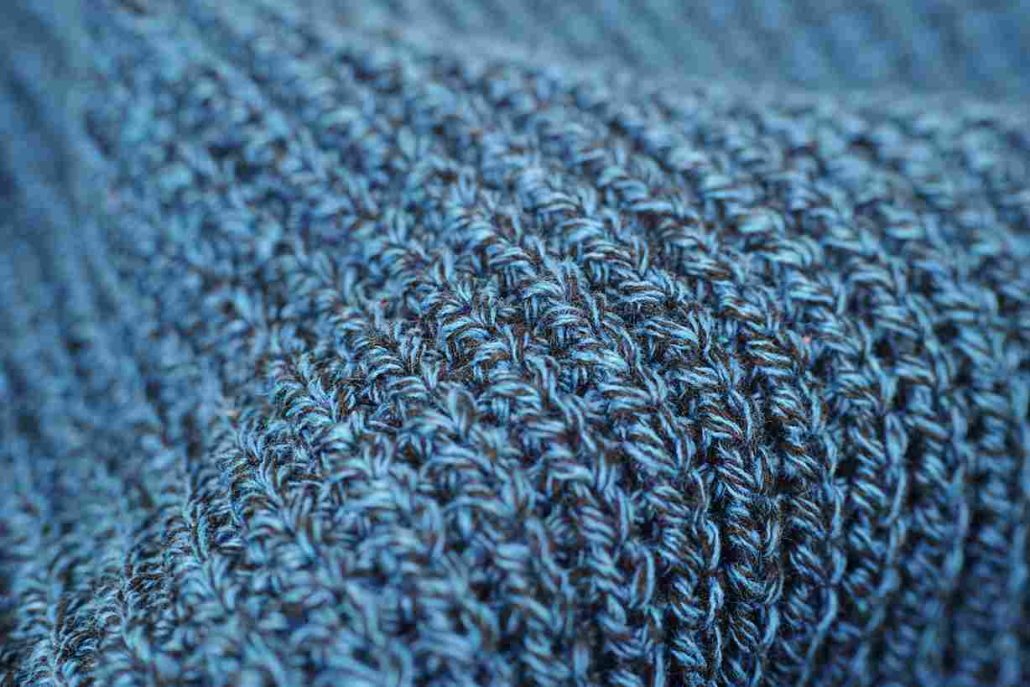
Tricot behaves like a woven fabric while retaining the intrinsic elasticity and mobility of a conventional knit
This not only makes the tricot easier to work with, but also allows the fabric to maintain its shape
Tricot fabric is breathable, even when made of nylon or polyester, unlike many synthetic textiles
Knit fabrics have porous structures and construction
Air and moisture might escape through the tiny spaces generated between the threads
In warmer temperatures, this makes tricot garments more comfortable and cool
It makes you feel less clammy, sticky, and unhappy
Even better, a tricot knit fabric’s distinctive weave prevents it from adhering to you as the temperature rises
A tricot fabric has a much better drape than any other knit fabric
The built-in stretch of the tricot can be improved to a 4-way stretch with the addition of spandex
The tricot is an all-around miracle fabric with an off-the-scale comfort factor, allowing for unlimited mobility while still maintaining a strong structure for support
A tricot fabric has a slightly higher level of UV protection than other knit materials
However, even though it is more tightly woven, it will provide less protection than other woven materials
Because it’s made of knit, it features holes that allow UV rays to get through to your skin
A strong denier tricot comprised of nylon-spandex or polyester-spandex will provide excellent protection than a lightweight choice
In the presence of sunlight, nylon degrades in a relatively short period
Your tricot garment’s UV protection may be damaged as a result of this
It also means you’ll have to replace your clothes regularly, ideally as soon as you notice symptoms of wear, such as color fading
Tricot is a knit fabric that`s woven on a flatbed knitting machine
Depending on the material that is used to make the fabric, tricot is breathable, water-wicking, and stretchy
